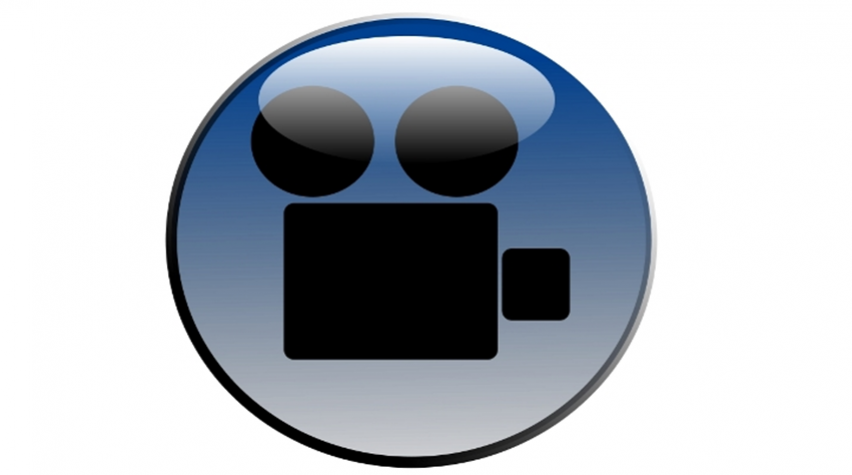With a Bit of Smoke, a Few Mirrors and a Degree in Hieroglyphics, Anyone Can Learn to Read a P&ID.
Part 5 - Series Videos
Grab some popcorn and turn the lights down, it's beer-thirty and time for a break. We've talked enough about P&IDs, and now it's time to infuse the (sometimes) dry material with a bit - dare I say - excitement? While I've had fun with this series and even poked fun at myself for being a little nerdy (which I'm not), truth is, reading about process drawings can get a bit stale. So, as I promised at the outset of the series, I've put together a few videos to help cement and highlight aspects that are hard to do by the written word. In so doing, I even manage to slip in some bonus features that I didn't talk about in the written parts of this series! First, an introductory video:
Introduction to Interpreting Piping and Instrumentation Diagrams
Next up, a three-part video series focusing mostly on instrumentation bubbles:
Part 1 of 3 Instrumentation and Valves Lead Sheet --> --> --> -->
Part 2 of 3 Instrumentation and Valves Lead Sheet --> --> --> -->
Part 3 of 3 Instrumentation and Valves Lead Sheet --> --> --> -->
After the above, I complete the remaining aspects on the first lead sheet with the following two videos:
Part 1 of 2 Valves, Lines and Common Devices --> --> --> -->
Part 2 of 2 Valves, Lines and Common Devices --> --> --> -->
Or you can head on over to
my page at YouTube to check them out! Hint: Be sure to start with the introductory video and work your way down the series. Since YouTube limits videos to 15 min each, I had to break some of the videos up into parts. These videos don't cover the second lead and other items that I want to cover. I plan to cover those in an appended post. Folks, thanks for hanging tough with me on this extended journey. I put you through it because it's important stuff and, in all honesty, I still love talking about it. Aristotle said "Pleasure in the job puts perfection in the work." - Bob




Comments
I haven't had a chance to watch the videos yet, but I've been following the series and certainly enjoying it. I plan on using some of your information to help my non-chem-eng colleagues to understand some of the topsides equipment we work with. Thanks again, and good work on a great series.
Thanks for the feedback Aurian. If ever there was a single topic that we can rally around, it's P&IDs. The process is defined by the P&IDs and without a process, there can be no business, nothing to sell, nothing to run, no money to be made, no benefits for society. See my logic? This is why ChE's really rule the world, surreptitiously and with the humility to keep it that way. Indeed, we are the true leaders.
Robert, Can I call you Bob? An excellent series by any standard. You have a command of the content, a delightful writing style, and a keen wit. Good form.
Can you do the same for ISA S5.1-2009?
Hello Robert, thanks a lot, í´m a Chem Eng. teaching Instrumentation classes and i´d like to ask you permission to show this to my students on Autmation Engineering in Universidad La Salle in Colombia.
Hi Robert, I really enjoyed your work. I would be grateful to you if you clear following doubts 1.In Drawing 101, you've used T2 FEED TANKS size 12' dia 30' SSW for what does this SSW stand for? 2. what is BATTERY LIMIT? 3. in part 4 for valve V1205 you have interpreted as valve according to Drawing No 102, if the first two digit represent drawing no, then how this could be? If you like reply either here or to my mail, pulikuthjavid@gmail.com Regds:; Javid P
Hello Mr super Robert, thank you so much for your super help and work. I really start with you and give me the key and the solid start. I am too much interested by your series. In the last video and the last words from it were about other videos about the second sheet and i could not find them not even on your YouTube channel. There isnt more ??! if there is could you please give the link. Or send it to my Email: leheng85@hotmail.com Thank you so much in all cases
Thanks a lot Mr Robert for this tutorial series on P&ID. I really hope to start applying my knowledge on this in the design of my Final year Undergraduate design project.